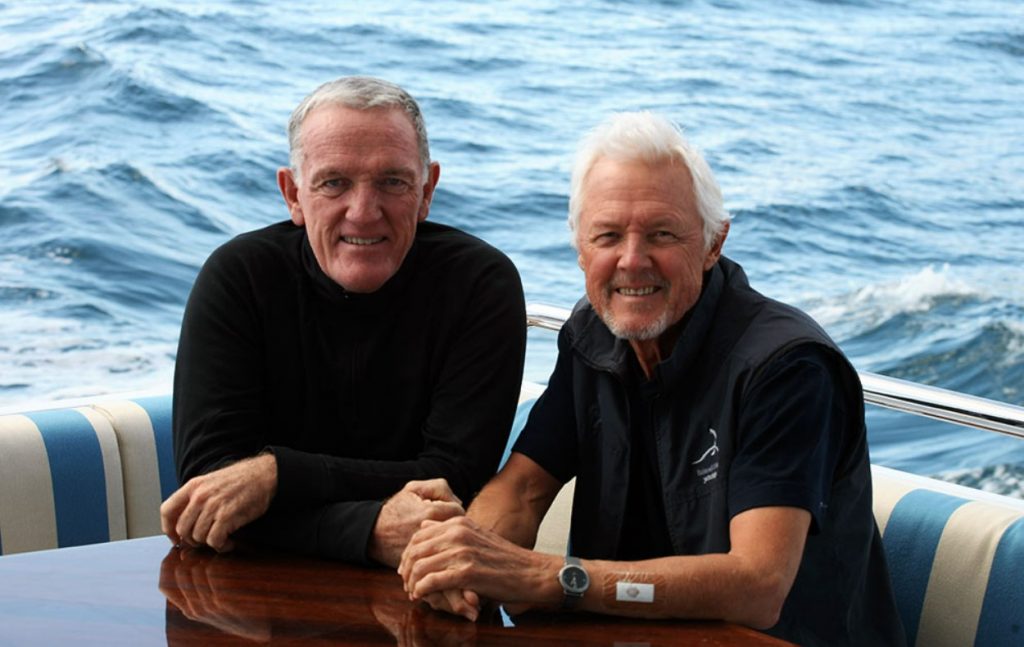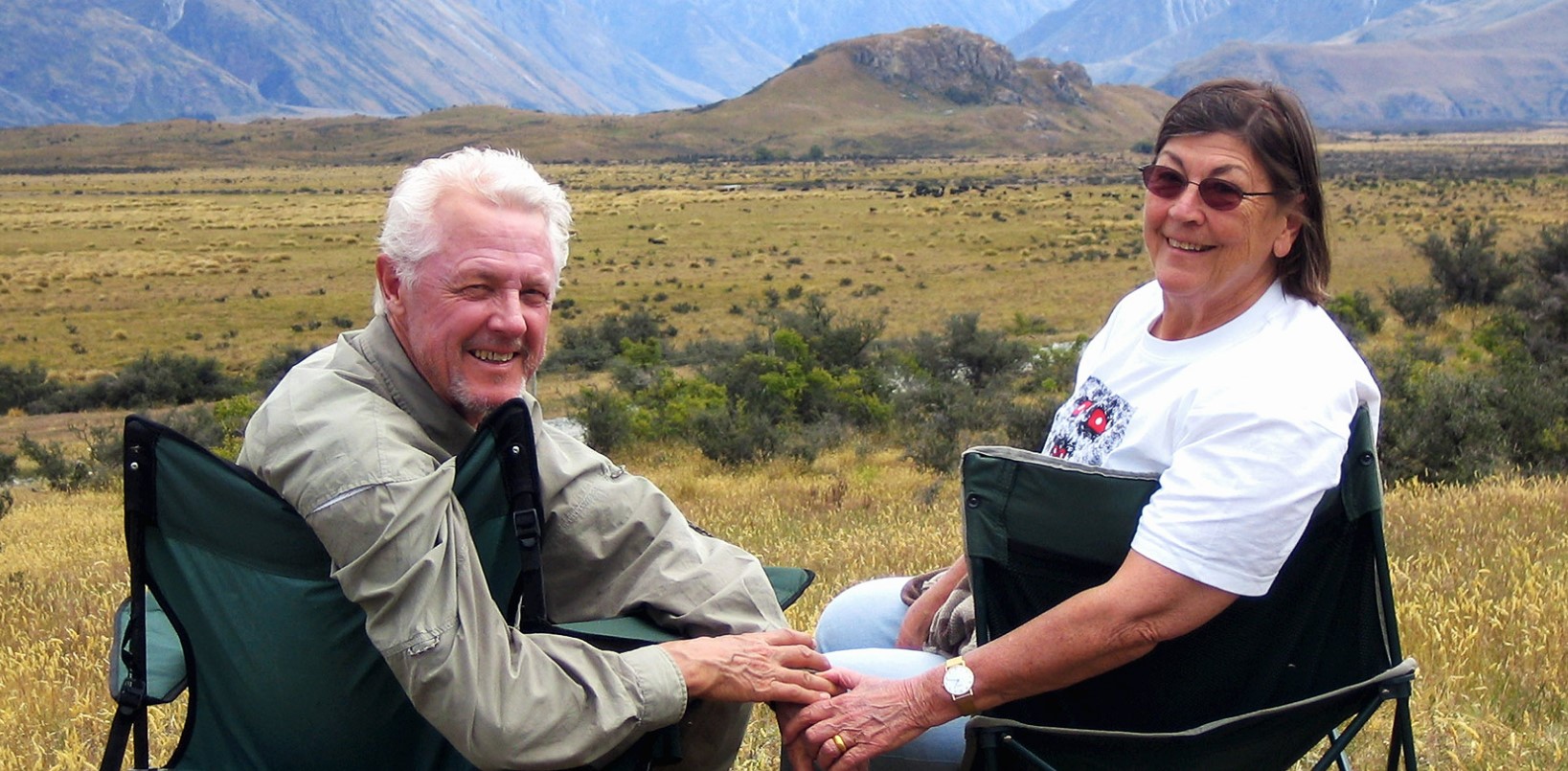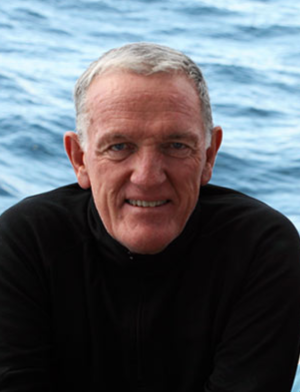David Thomas is a life-long fly fisher. He knows the thrill kids get from catching fish, and the satisfaction for adults.
This experience was once commonplace in Noosa. In the early 1900’s newspapers reported mighty Noosa River catches by recreational fishers, leading to Tewantin’s fledgling tourism industry.
Despite Noosa River’s regular clean water assessment, studies show its underlying health is poor and deteriorating. Fish stocks are depleted; prawns in decline; the benthos (a fundamental of marine life) seriously deteriorated; sea grass beds shrinking. Except for experienced fishers, the chance of catching a fish is less likely today than in the past.
Few Australians have done more for environmental conservation than David Thomas, a Noosa resident for the past 25 years. He brought The Nature Conservancy (TNC) to Australia.
His support for NGOs led to the purchase of an additional 1-million hectares of land for private conservation, and brought another 6-million hectares under conservation management. He initiated Fight for The Reef achieving significant changes to dredging, navigation and fishing in the Great Barrier Reef.
One of the greatest success stories is Great Southern Seascapes – TNC’s restoration of oyster Reefs in bays and estuaries. Restored oyster populations filter water (for each oyster about a bath tub a day – with healthy oyster populations the water of entire bays is filtered every few days).
Water quality improves, and marine life is restored. The Noosa River once had an extensive network of oyster reefs. The Kabi Kabi people feasted on them, leaving enormous shell middens on the river bank near where the Council chambers now stand. But with development these reefs were lost. The middens, known as the Lions of Tewantin, were bulldozed.
Bringing Oyster Reef restoration to Noosa was the opportunity for David to deliver some philanthropic generosity to his home town.
University of the Sunshine Coast surveys in Noosa show fish numbers almost doubled around test reefs, providing a better chance for everyone to catch a fish.
As Great Southern Seascapes gained momentum elsewhere, it generated unqualified enthusiasm from communities, amateur fishing groups, corporations, local governments, State Governments and the Federal Government. Rather than the ‘arm-bending’ often needed to grow conservation funding, organisations clamoured to be associated with the initiative. Now it’s gaining international attention, including for Noosa.
The Federal Government initiated Reef Builder funding to support TNC’s Great Southern Seascapes, and more than 5 percent of its initial nation-wide grant came to Noosa – a $1.2m benefit, further bolstered by a matching grant from TNC (that David personally facilitated). This means an additional $2 for every $1 of rate-payer money invested by Noosa Council – for a total project cost of $3.6m. Subsidy of rate-payers contributions to this level is rarely achieved.
In a town whose reputation is built on nation-leading environmental initiatives, opposition to the project is puzzling. As pointed out during recent Council debate, the Yurol/Ringtail State Forest also has financial contributions from three sources, and had to jump similar approval hurdles to become part of Noosa’s national park estate. All were realised without question. Yet Reef restoration continues to be controversial.
Find out more about the Thomas Foundation.



This Post Has One Comment
Thanks, what a great story.